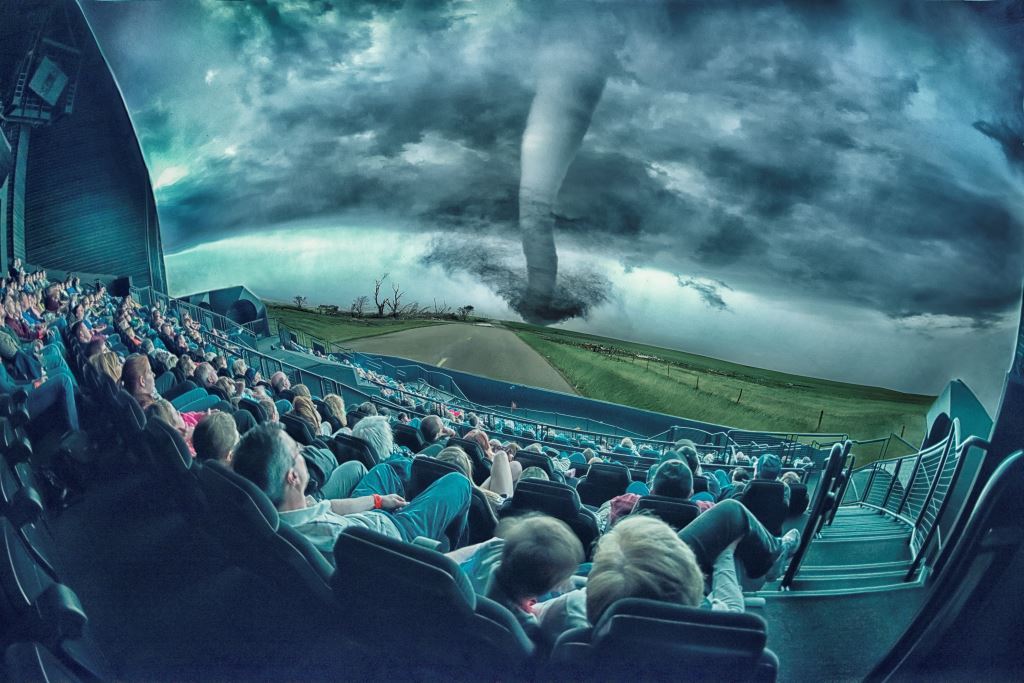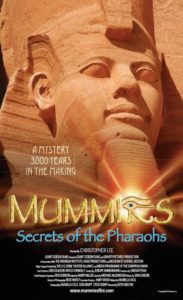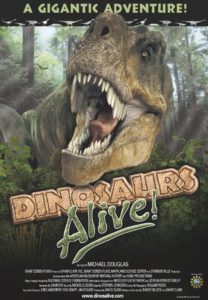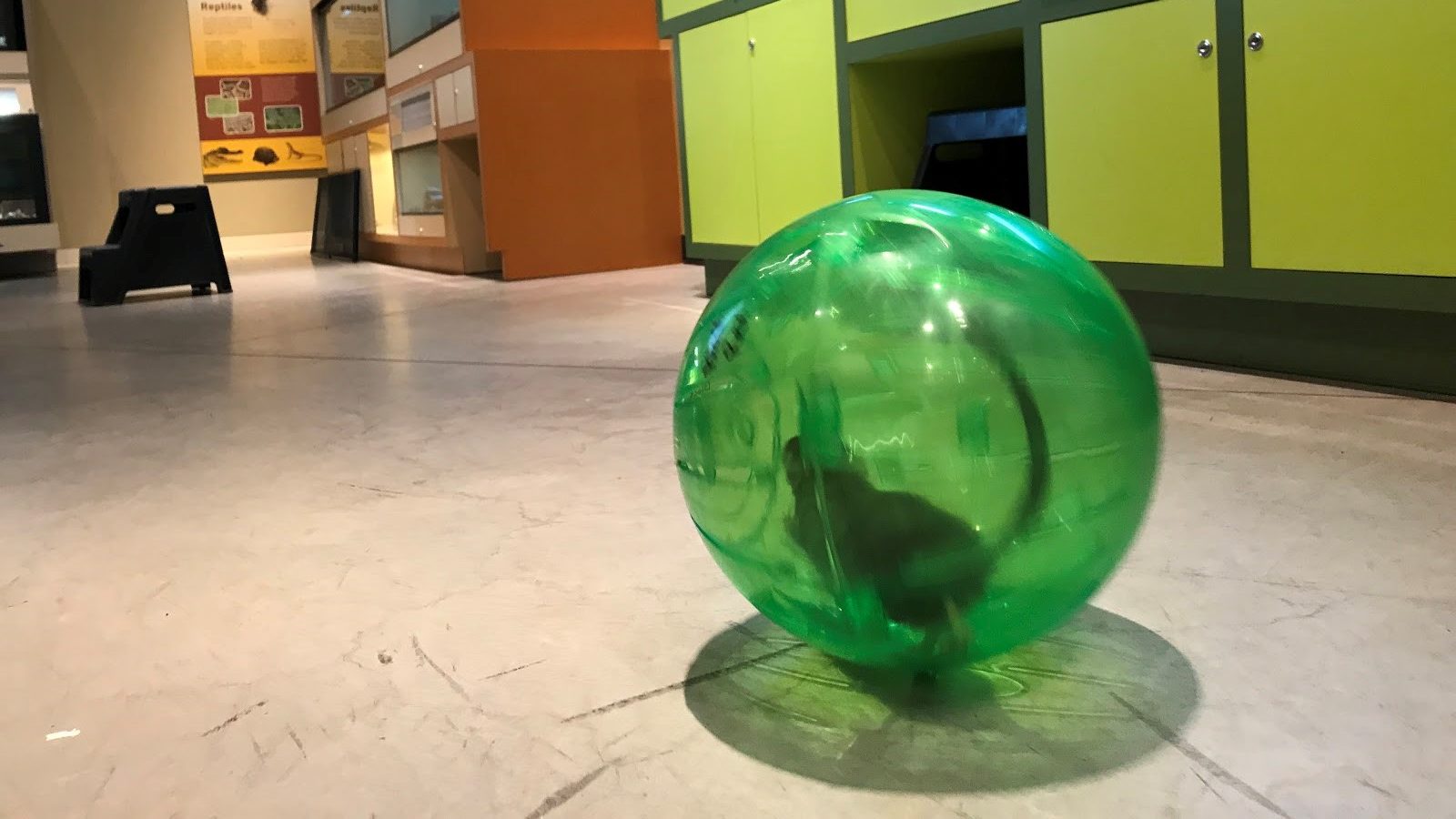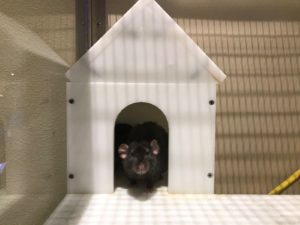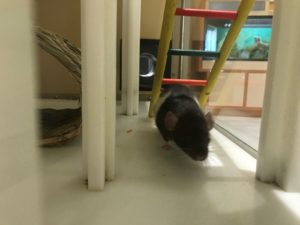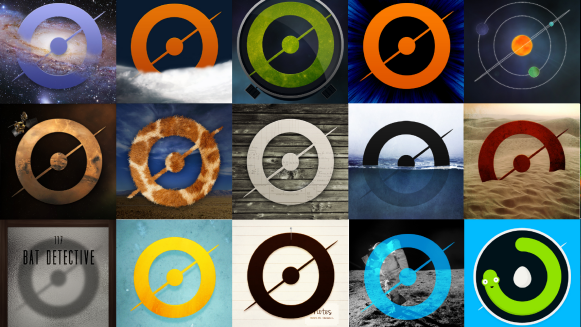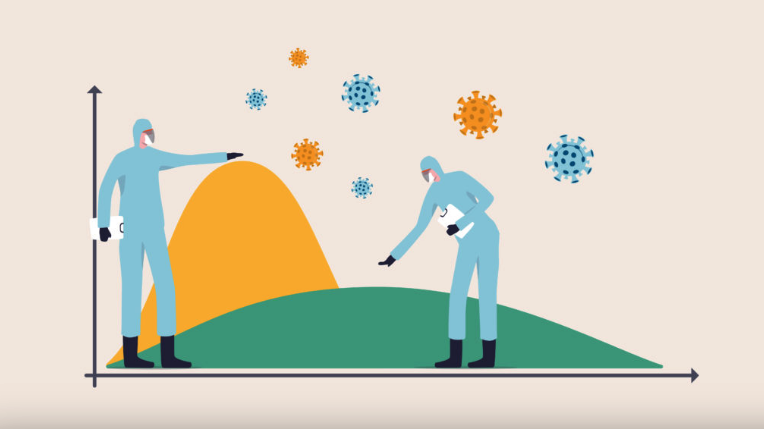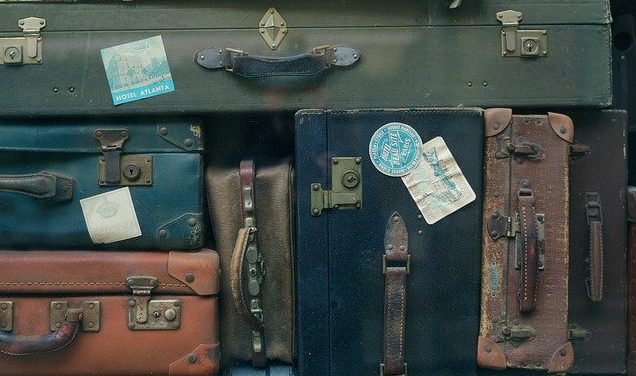Post written by Heidi Fuhrman, Discovery Camp Coordinator.
Daily Discovery: Story Detectives!
Did you know you can be a story detective?! Think about someone you love, what stories do they have that can give clues to the past? Use these detective questions to find out more about that story and create a graphic novel or creative project to share what you learned!
Supplies:
- Pencil & Paper
Optional:
- Investigation sheet (included in the PDF)
- Access to phone or laptop
- Crayons/ colored pencils/ markers
- Construction paper & blank paper
- Graphic novel template (included in the PDF)
Instructions:
Real stories from real people give us important clues about the past and you can help discover and investigate those stories by becoming a story detective! Since stories disappear along with their owners, by learning these stories you are becoming a story keeper too!
- Think of someone you know that has a story you want to know more about or who has had a different life than yours. . . Maybe a parent, a grandparent, a friend, or a sibling!
- Level Up: Create a detective team! Choose a story partner. Plan to investigate their story and then have them investigate a story in your life!
- Now that you have a person in mind, think about a story that person has that you want to know more about.
- Here are some ideas:
What life was like when they were growing up?
Did they move to this country/city/state from somewhere else? What was the
place they moved from like?
Have they seen a really interesting event from the past? (Maybe people
walking on the moon, the Civil Rights Movement, WWII, or right before
computers were invented)!
Do they have an interesting object or picture you’re curious about? What is
the story behind it?
- Here are some ideas:
- Next, plan your investigative interview. Think about what questions you can ask them. Using our detective sheet (included at end), write them down. A good story detective is always ready for an interview!
- Here are some ideas of good detective questions:
What was it like when you were my age?
What were your favorite things to eat when you were my age?
What kind of things did you do for fun?
How did you travel around your city?
What is one thing we have now that you didn’t have as a kid?
What is the most amazing thing you’ve seen in your life?
What is one thing we have now you never thought would be invented?
You saw ________. What was that like?
Where did you live before ________. What did it look like? What was your favorite place there?
What was it like to live through/before ___________ [event].
- Here are some ideas of good detective questions:
- With a grown-ups’ help, hold your interview! Call the person on the phone or video call them on a computer. If they live with you, you can interview them in person!
- Level Up: If you want, you can film or record the interview so you can save it forever! It’s very special to have the story even when the person is gone!
- During the interview listen carefully. Sometimes the person will give you clues to other questions! Be sure to write these clues and any other facts down on your detective sheet!
- During the interview these are good clue questions to ask!
Why did . . . .?
Tell me about. . . .?
Describe __________ . . .
What did . . .?
How did . . .?
- During the interview these are good clue questions to ask!
- Remember, a good story detective:
Always listens . . .you never know when you’re going to get a clue!
Respects the story teller. Remember, this is their story! You get to be the detective who hears it and keeper who saves it.
Avoids yes/no questions. You want to know as much of the story as possible!
Says, “Thank you for sharing your story with me.” - Whew! You aced that interview! Now, finish your detective job! Think about your interview:
What do you want to know more about?
What is the most interesting thing you learned?
How does this change the way you think about the past?- Level Up: Interview two people about the same event. What did they say that was the same? What did they say that was different?
- Finally, share your investigation with your family and friends!
Create a graphic novel or picture book about the story you learned more about!
Want to download these directions? Click here for a handy PDF!
Follow along with our Daily Discovery! Click here for all activities that you can do at home.


